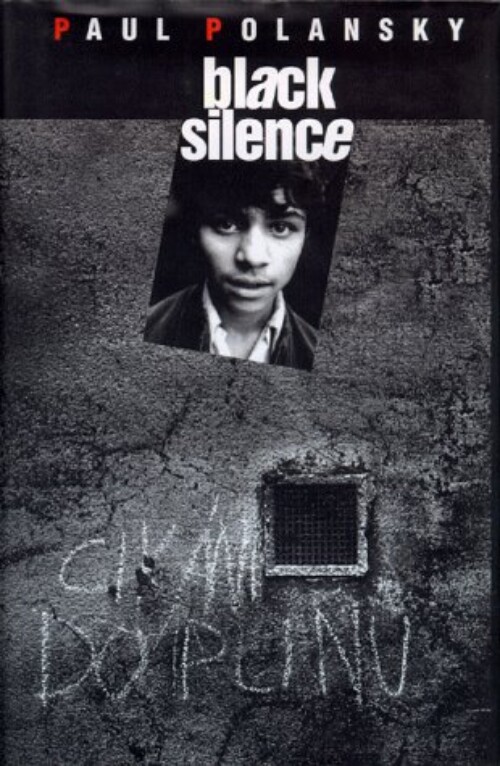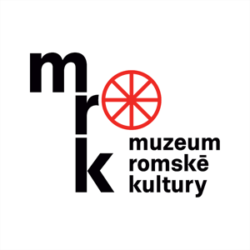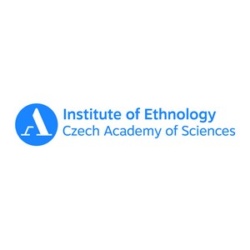Paul Polansky: Black Silence. The Lety Survivors Speak

The opening chapter entitled “The Lety Story”, summarises the complex process of obtaining documents and contacting witnesses, and is followed by a verbatim copy of the chronicle entry at Lety, which describes the function and conditions of the camp.
There follow 44 testimonies given by direct participants in the events described, either under their full names or initials. The author comments in the footnotes, on any ambiguities, or uses them to add context. The witnesses are Anna Růžičková, Alžběta Růžičková, Marie Čandová, Barbara Richterová, Anna Čermáková, Berta Berousková, Žofie Dolíhalová, Alžběta Danielová, František Janošovský, Beatrice Pflegerová, Jana Marhoulová, Bohuslava Klocová, Antonie Kroková, Božena Růžičková, Marie Petrskovská, Karel Kloc, Marie Šlehoferová, Adéla Studená, Robert Růžička, Ladislav Stokinger, Marie Vrbová, Karel Vrba, Terezie Hubená, Antonín Vintr and Alžběta Lagronová. They are supplemented by the testimonies of nineteen other witnesses, indicated only by their initials. The English edition also includes the testimony of Helena Richter.
Testimonies from people who retell the fate of a relative imprisoned in Lety are also included in the book. For example, the fate of a man with the initials E. C. is retold by his wife (pp. 47-50); the fate of Vlasta Růžičková is told by her son (pp. 117-199); the imprisonment of the brothers Josef and Ferdinand is told by F. K. (pp. 125-128). Tony Lagryn describes his father's imprisonment in Lety (pp. 131-133); the story of a non-Romani prisoner František Kejval, who had previously worked for Reinhard Heydrich is described by his daughter (pp. 150-151) and the fate of Marie Serynková is retold by her son (pp. 152-154). Helena Růžičková’s fate is told by her sister (pp. 161-163), as are the stories of her father Martin Čermák and uncle Jan Čermák, who in 1986 erected a wooden cross on the site of the mass grave for the victims, is described by Eduard Čermák (pp. 218-225). The book also contains a verbatim transcription of a letter found in the State Archives in Třeboň from a man imprisoned in Lety at the time when the “disciplinary labour camp” was operating there (Vratislav Chejlava, p. 106).
The witnesses describe in their testimonies the course of their arrest and their transport to the camp, and the appalling conditions of accommodation and food that prevailed there; they recall people associated in their minds with various situations. They speak of the brutality of the supervising gendarmes, whom the memoirs often name, and include detailed descriptions of their brutal treatment. They mention, for example, the punishment stake, the existence of which is not recorded in archival documents, and they describe the treatment of Roma women by the gendarmes. They also describe the behaviour of other prisoners holding various positions. They talk in detail about the tragic fate of relatives who died in Lety and were buried either in the cemetery in Mirovice or in a mass makeshift burial ground near the camp. The causes of death are also given - in addition to diseases such as typhus, people also died as a result of beatings or various forms of torture. They also describe how they tried to save themselves or their relatives: for example, a witness with the initials A. Š. recall how he got out of the camp in Lety thanks to bribes and the fact that neither he nor his family were Roma (pp. 139-144); a similar description of his release is given by V. V. (pp. 194-197), as is the story of a witness with the initials R. B., who saved herself and her family from transportation by escaping to Slovakia in 1942 (pp. 182-185). Robert Růžička was also the only one of an itinerant family to save himself, hiding in the forests; all his relatives perished in Auschwitz II - Birkenau (pp. 180-182). Some of the witnesses also describe the transport itself and subsequent imprisonment in Auschwitz concentration camp. At the end of their testimonies, witnesses often comment on financial compensation for the traumas they suffered, the current attitude of society towards the Roma, and society's attitude towards the existence of a large pig farm on the site of the former camp. One of the memoirists, Adéla Studená, mentions her collaboration on the short film Nezapomeňte na tohle děvčátko (Don't forget this little girl) made in 1960 (pp. 173-180).
In the second part of the book - from page 234 onwards - the author has collected testimonies from former guards in the Lety camp, obtained either indirectly (from relatives' accounts) or from archived testimonies from the trials in 1945-1946. There is a transcript of the testimony of Václav Studený, who was imprisoned at Lety and testified against the guards who were accused and the commandant Josef Janovský (pp. 237-241). Also published are retold testimonies from local inhabitants - Václav Veselý, a farmer from Lety, Adolf Vondrášek, the former mayor of Mirovice, Zdeněk Bárta, the mayor of Mirovice, and three other randomly interviewed inhabitants.
The epilogue consists of a report from The Prague Post weekly of 15 April 1998 about the unsuccessful prosecution of the guards in the 1990s and the efforts of Roma activists to have the pig farm on the site of the former camp removed.
Although a significant part of the published testimonies represent a valuable and important source of information for further research, the testimonies published in Dark Silence. The Lety Survivors Speak are not included in the database. The methodology and method of processing do not meet the requirements for retrospective verification of the testimonies reported. Jana Horváthová comments in detail on the author's approach to the testimonies and the methodology of the work in her review article Fenomén Polansky (The Polansky phenomenon), which is based on another book by Polansky, Death Camp Lety: The Investigation Begins (1992-1995), published in 2014 (Horváthová, Jana, “Fenomén Polansky” in Romano Janiben 22 (1): 87-104, available for download (in Czech only) at https://www.dzaniben.cz/files/...).




